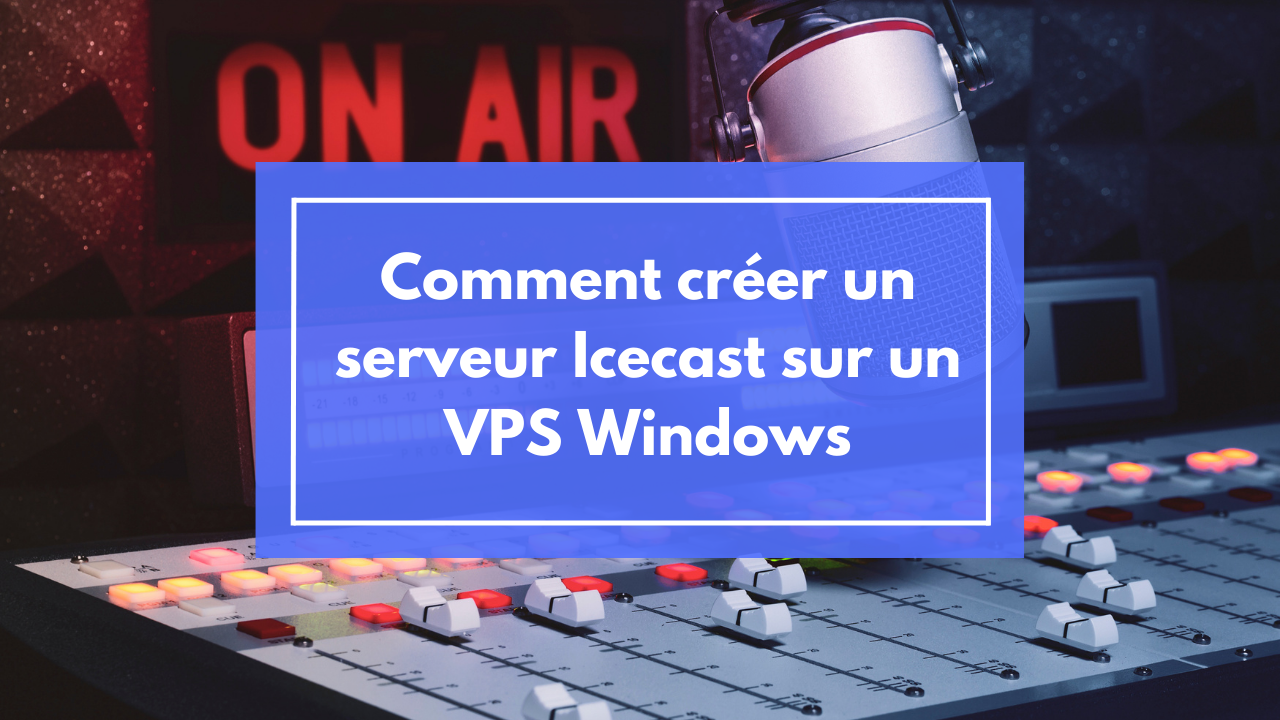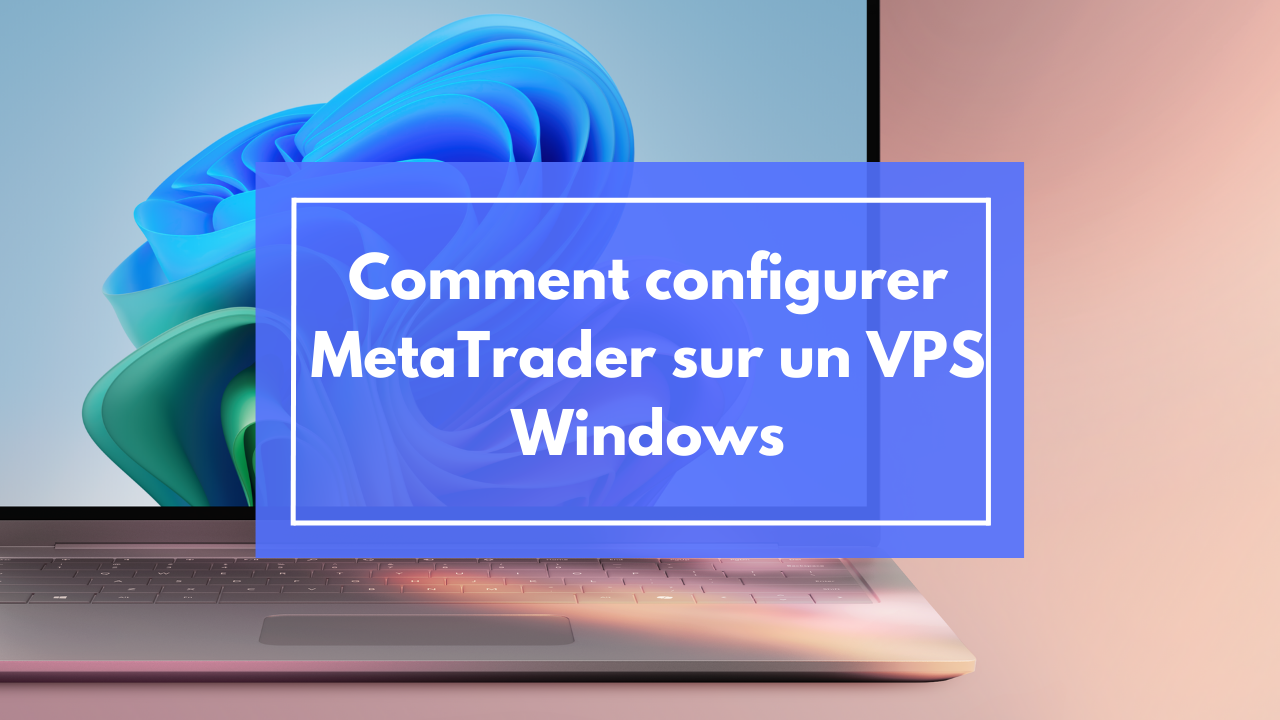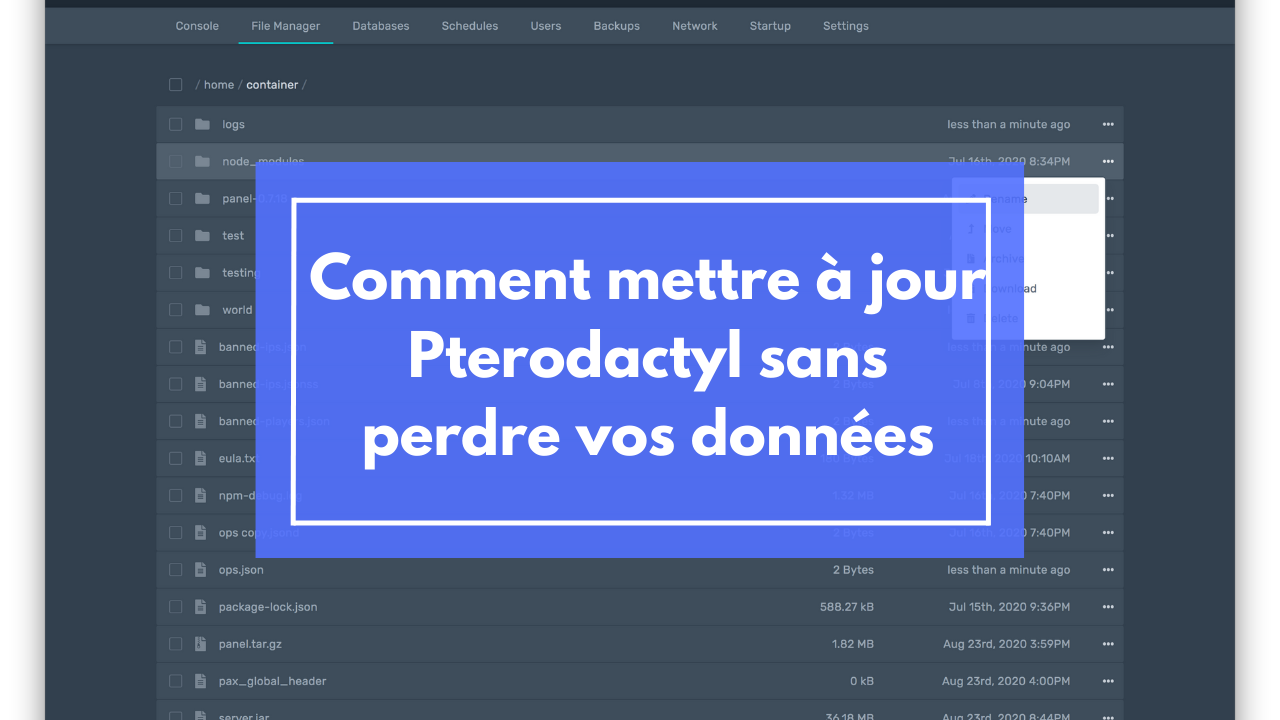How to create an Icecast server on a Windows VPS?
What is Icecast and why use it?
Icecast is an audio streaming server that allows you to broadcast music or live shows over the Internet. It is an open-source solution that has gained popularity due to its flexibility and ease of use. By using Icecast, I can create my own online radio station, which allows me to share my musical tastes with a global audience. Additionally, it supports various audio formats, making it compatible with many media players.
One of the main advantages of Icecast is its ability to handle multiple audio streams simultaneously. This means I can broadcast multiple programs or playlists at the same time, which is ideal for online radio stations that want to offer a variety of content to their listeners. Moreover, the software is extensible, allowing me to add additional features as needed, such as user management or integration with content management tools.
In summary, Icecast is a smart choice for anyone looking to create an online radio station. Its open-source nature, flexibility, and ability to broadcast multiple streams make this software a powerful tool for both amateur and professional broadcasters. In this article, I will guide you through the process of setting up an Icecast server on a Windows VPS, step by step.
Prerequisites for Setting Up an Icecast Server on a Windows VPS
Before starting, it is essential to ensure that my Windows VPS meets certain requirements. First, I need to have administrator access to the server. This will allow me to install the necessary software and make the required changes to the system settings. Next, I need to have a recent version of Windows Server, preferably Windows Server 2022 or later, to ensure compatibility with Icecast.
It is also important to have a stable and fast Internet connection, as the quality of the broadcast will directly depend on the available bandwidth. A minimum of 1 Mbps is recommended for quality streaming, but more is better, especially if I plan to stream high-quality music or have multiple simultaneous listeners.
Finally, I also need to have audio source software, such as BUTT (Broadcast Using This Tool) or Mixxx, which will allow me to transmit my audio to the Icecast server. Proper configuration of this software is crucial to ensure smooth and uninterrupted streaming.
Steps to Install Icecast on a Windows VPS
Installing Icecast on a Windows VPS is a relatively straightforward process. Here are the steps I will follow:
-
Download Icecast: I start by visiting the official Icecast website to download the latest version of the software. It is important to choose the Windows version to ensure a proper installation.
-
Install Icecast: Once the file is downloaded, I double-click it to start the installation. I am guided by an installation wizard that asks me to accept the license terms and choose the installation directory. I select an easily accessible location, such as C:\Icecast.
-
Configure the Configuration File: After installation, I need to configure Icecast. I find the icecast.xml file in the installation directory. I open it with a text editor and modify key values, such as the listening port, the administrator password, and the maximum number of connections.
-
Start the Server: Once the configurations are done, I can start the Icecast server by running the icecast.exe file. I then verify that the server is running by accessing the Icecast web interface via a browser by entering the address http://localhost:8000.
By following these steps, I can install Icecast on my Windows VPS without much difficulty.
Basic Configuration of the Icecast Server
Once Icecast is installed, I need to perform some basic configurations to ensure everything works correctly. First, I will configure the icecast.xml file to set the streaming parameters. I can find sections dedicated to "listeners," "mounts," and "authentication."
Configuring Streaming Parameters
In the "mounts" section, I can define the mount points for my audio streams. For example, I can create a mount point for my radio station by adding an entry like <mount>. This will allow me to broadcast my music to a specific audience. It is also important to define the audio codecs I want to use, such as MP3 or Ogg Vorbis, depending on my preferences.
Authentication and Security
Security is paramount when broadcasting online. Therefore, I will configure the admin and source passwords in the icecast.xml file. This ensures that only authorized users can access my server and broadcast content. I can also limit the number of simultaneous connections to avoid server overload.
Verifying the Configuration
Before moving on to the next step, I will ensure that all configurations are correct. To do this, I will restart the Icecast server and check the logs for any errors. Once I am satisfied with the configuration, I am ready to proceed to the next step.
Securing Your Icecast Server
The security of my Icecast server is crucial, especially if I plan to make it publicly accessible. Here are some measures I can take to enhance the security of my server:
-
Using Strong Passwords: I ensure that the passwords used for administration and the audio source are complex and unique. This reduces the risk of unauthorized access to my server.
-
Regular Updates: I also need to keep Icecast up to date by installing the latest versions and security patches. This will help me avoid potential vulnerabilities that could be exploited by attackers.
-
Configuring a Firewall: I will configure a firewall on my Windows VPS to limit connections to only the necessary ports for Icecast. This may include port 8000 for streaming and port 8080 for the admin interface.
-
Monitoring Logs: I will regularly check my Icecast server logs to detect any suspicious activity. This will allow me to quickly identify potential issues and respond accordingly.
By applying these security measures, I can effectively protect my Icecast server and ensure secure broadcasting of my audio content.
Connecting Your Audio Source to Icecast
Once my Icecast server is configured and secured, I can connect my audio source to start broadcasting. For this, I will use software like BUTT (Broadcast Using This Tool) or Mixxx. Here’s how to proceed:
-
Configure the Source Software: After downloading and installing BUTT or Mixxx, I will configure it to connect to my Icecast server. I need to enter my server address, port, and the authentication information I defined in the icecast.xml file.
-
Select the Audio Format: I choose the audio format I will broadcast. It is important to choose a codec compatible with Icecast and that offers good audio quality. For example, I might opt for the MP3 codec for its wide compatibility.
-
Start Streaming: Once everything is configured, I start streaming from the source software. I can verify on the Icecast web interface that the stream is active and that listeners can connect.
-
Test the Connection: I will also test the connection by opening my stream link in a compatible audio player or via a web browser. This will allow me to ensure that everything is working as expected.
These steps allow me to connect my audio source to Icecast and start broadcasting my music or shows.
Testing and Troubleshooting Your Icecast Server
It is essential to test the functionality of my Icecast server after installation and configuration. Here are some steps I will follow to ensure everything is working correctly:
-
Verify the Stream: I will first verify that my audio stream is active. I can do this by accessing the Icecast web interface and examining the "mounts" section. This will allow me to see if my stream is properly connected and if any listeners are online.
-
Live Listening: I will listen to my own stream using an audio player or browser to ensure the quality is good and there are no interruptions. This is a good way to detect latency or audio quality issues.
-
Check Logs: I will review the Icecast logs for any errors or warnings. This may include connection issues, codec errors, or bandwidth problems. A good practice is to keep an eye on these logs to detect any potential issues.
-
Common Troubleshooting: If I encounter issues, I will first ensure that my source software is properly configured. Sometimes, a simple restart of the server or source software can resolve connection issues.
By performing these tests, I can ensure that my Icecast server is functioning optimally.
Optimizing the Performance of Your Icecast Server
To ensure a smooth listening experience for my listeners, it is important to optimize the performance of my Icecast server. Here are some tips I will follow:
-
Adjust Streaming Parameters: I will experiment with the bitrate settings of my audio stream. Higher bitrates offer better audio quality but also require more bandwidth. I will find a balance that suits my listeners while maintaining stable streaming.
-
Monitor Server Resources: I will monitor the resource usage of my VPS, including CPU and memory. If I notice that my server is overloaded, I might consider upgrading to a VPS with higher resources or optimizing my stream to reduce the load.
-
Configure Caching: If my Icecast server supports caching, I will enable it to improve performance. This can reduce the load on the server and provide a better experience for listeners.
-
Reduce Unnecessary Connections: I will ensure that I limit the number of simultaneous connections to avoid overload. This may include configuring connection limits in the icecast.xml file to protect my server from unexpected traffic spikes.
By following these tips, I can optimize the performance of my Icecast server and provide a high-quality listening experience for my listeners.
Managing and Maintaining Your Icecast Server
Managing and maintaining my Icecast server is essential to ensure its longevity and proper functioning. Here are some steps I will follow to ensure effective management:
-
Regular Updates: I will regularly check for updates to Icecast and my operating system. Installing the latest versions and security patches is crucial to protect my server from vulnerabilities.
-
Backups: I will set up a backup system for my configuration files and any content I broadcast. This will allow me to quickly restore my server in case of issues or failures.
-
Performance Monitoring: I will continue to monitor the performance of my Icecast server by regularly checking resource usage and adjusting settings if necessary. This also includes tracking listener engagement and feedback.
-
Engaging with Listeners: Finally, I will establish a means of communication with my listeners to gather their feedback. This will allow me to continuously improve the content I broadcast and ensure a good listening experience.
By following these management and maintenance steps, I can ensure that my Icecast server remains performant and relevant to my audience.
Conclusion: Advantages and Limitations of an Icecast Server on a Windows VPS
Setting up an Icecast server on a Windows VPS offers many advantages. Flexibility, the ability to manage multiple streams, and the possibility of broadcasting customized audio content are major strengths. Additionally, the open-source nature of Icecast means I can adapt it exactly to my needs.
However, there are also limitations. Managing a server requires a certain level of technical expertise, and I need to be prepared to dedicate time to maintenance and optimization. Moreover, depending on the traffic I expect, I may need to invest in a more powerful VPS to ensure smooth streaming.
In summary, if I am ready to take on these challenges, setting up an Icecast server on a Windows VPS can be a rewarding and fulfilling experience. I am now ready to share my passion for music and audio with the world.

Name des Autors
OUIHEBERG SARL
Kategorien
Tutoriels
Date
14/02/2025
Die Pluspunkte des Artikels






